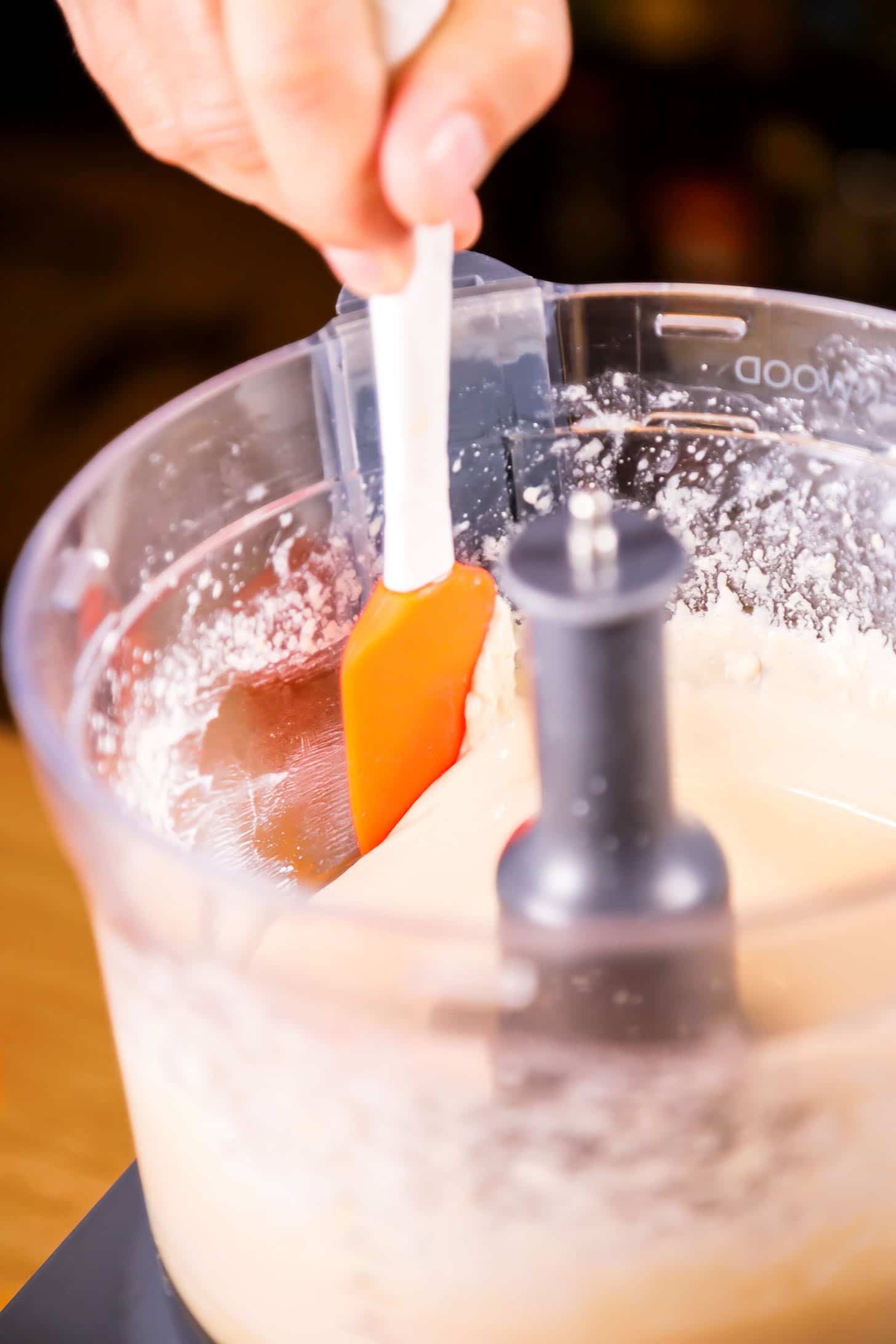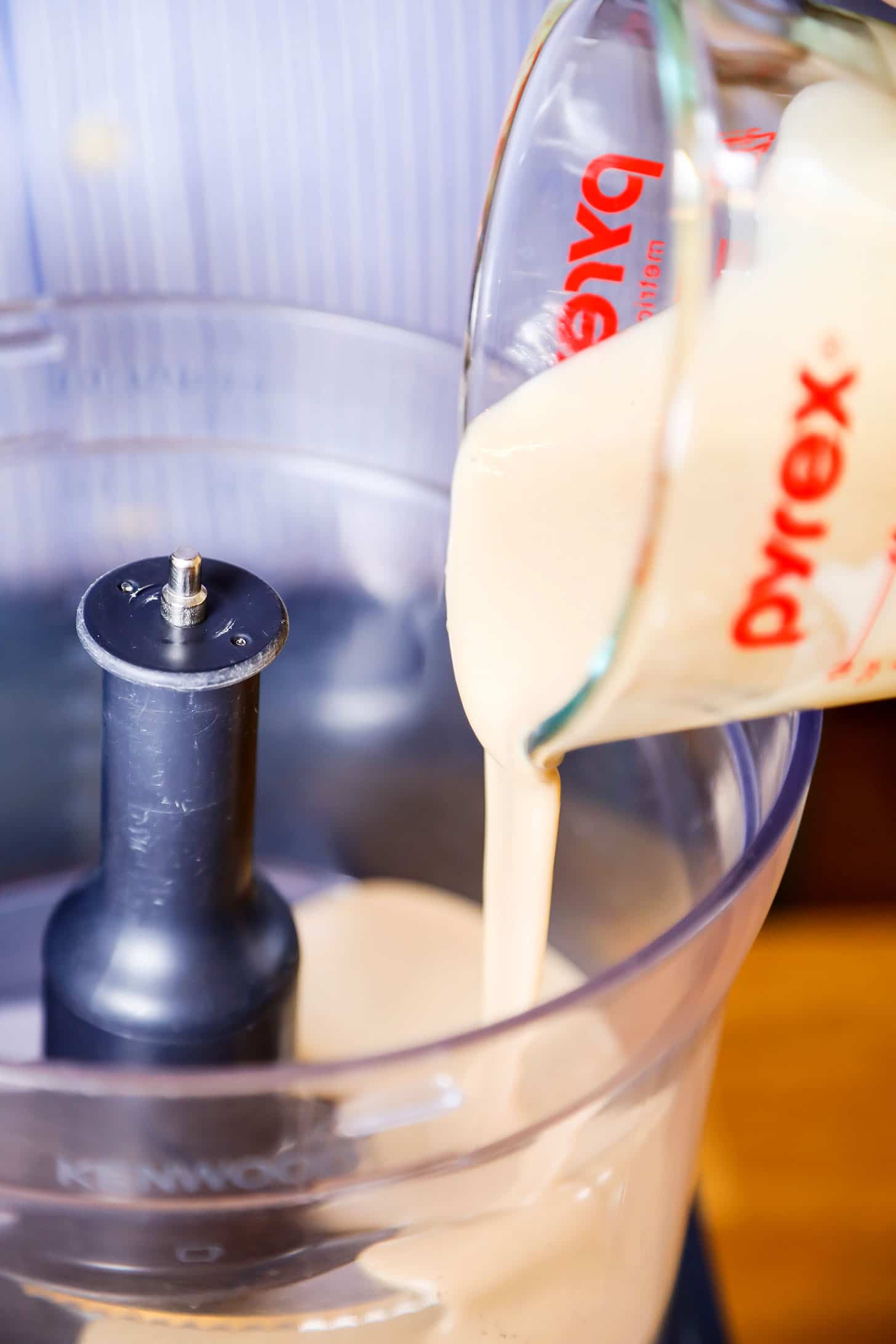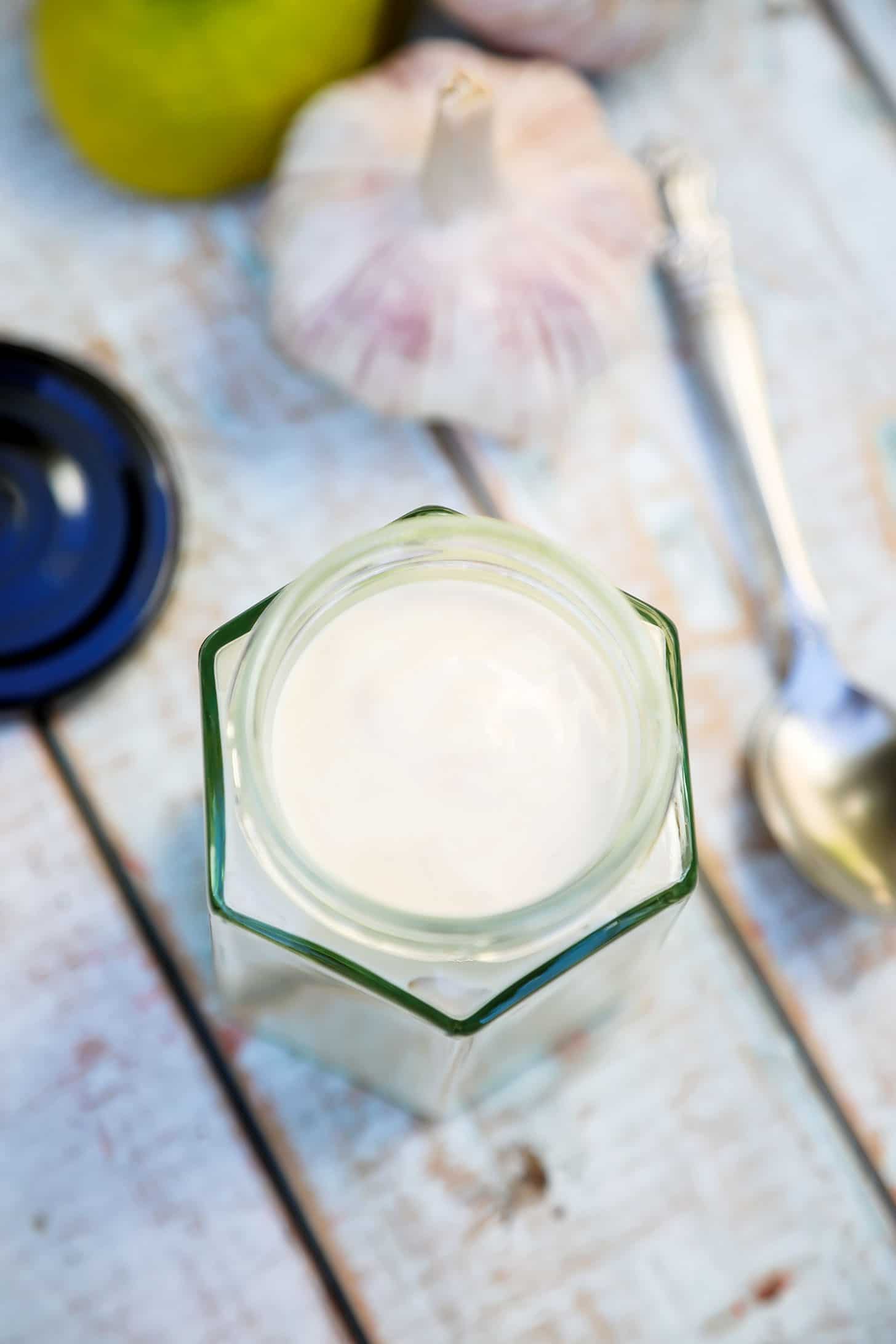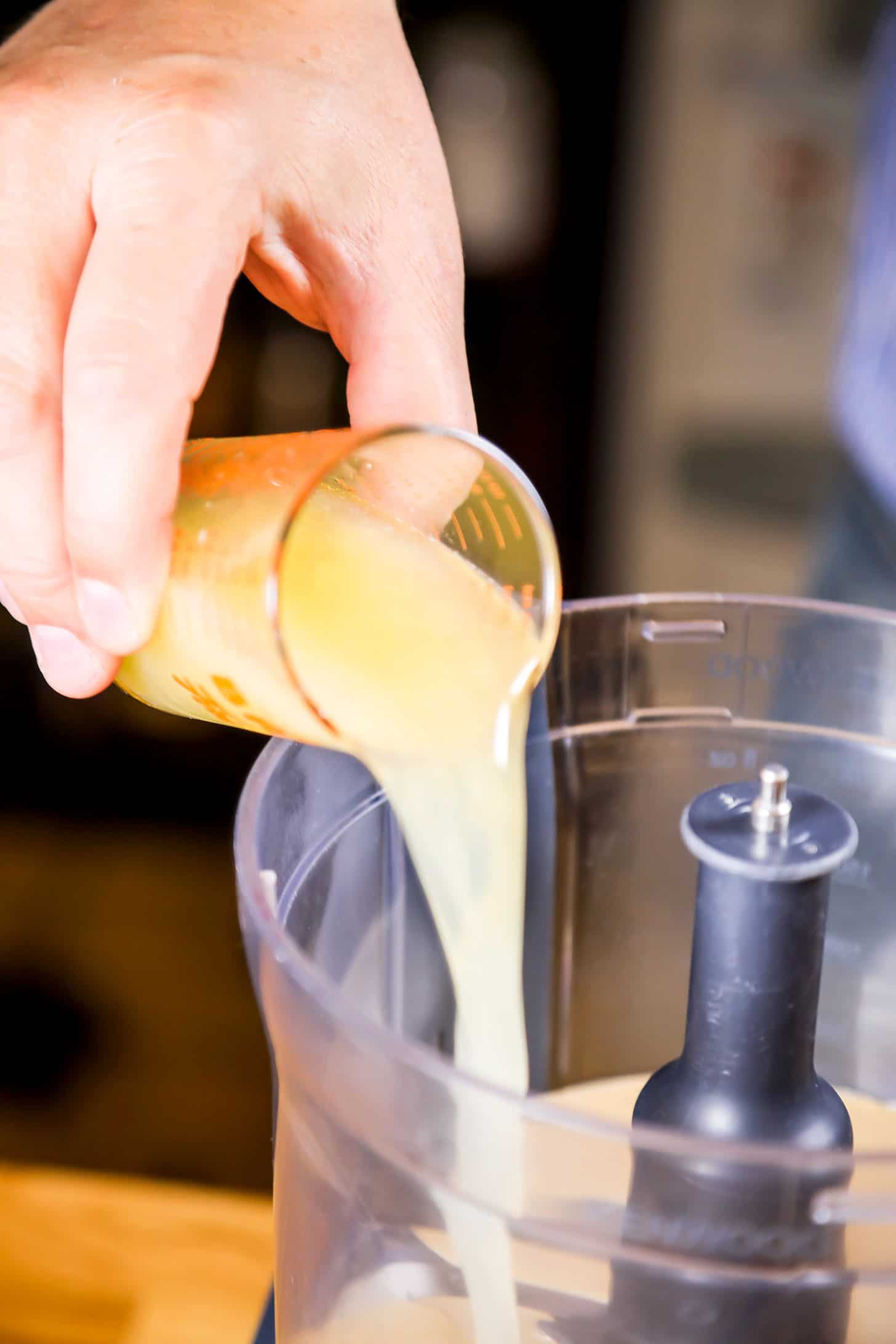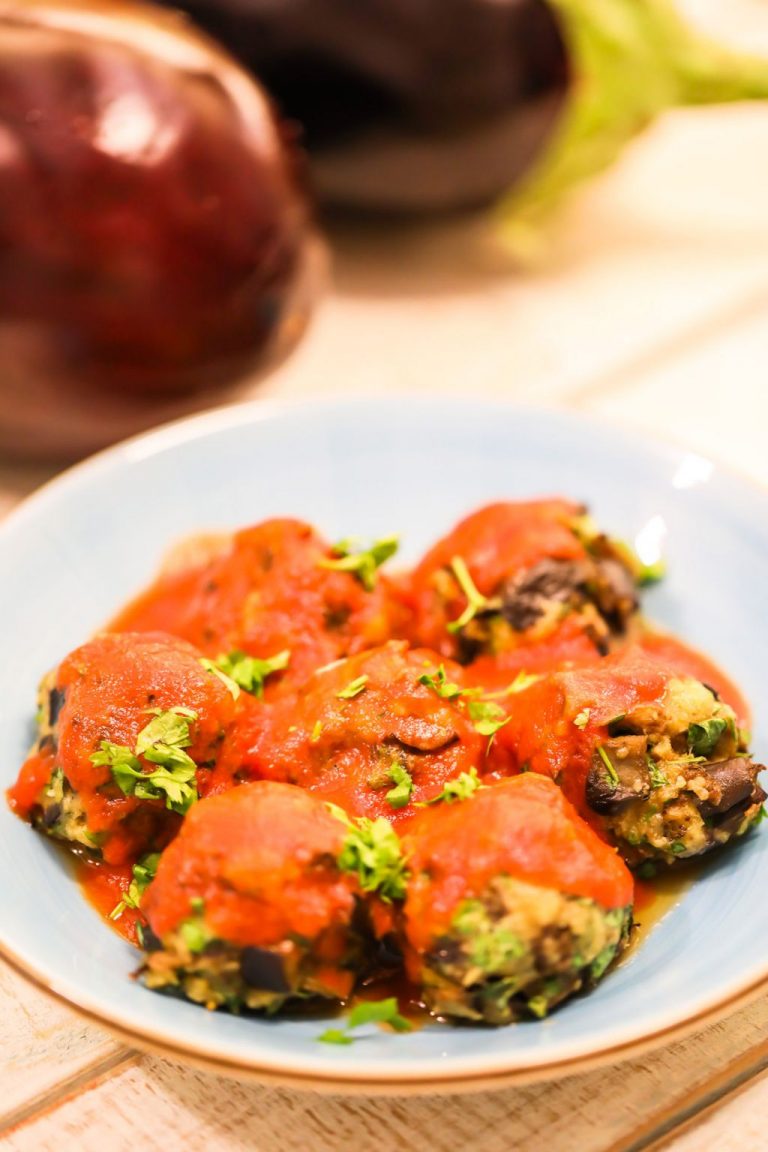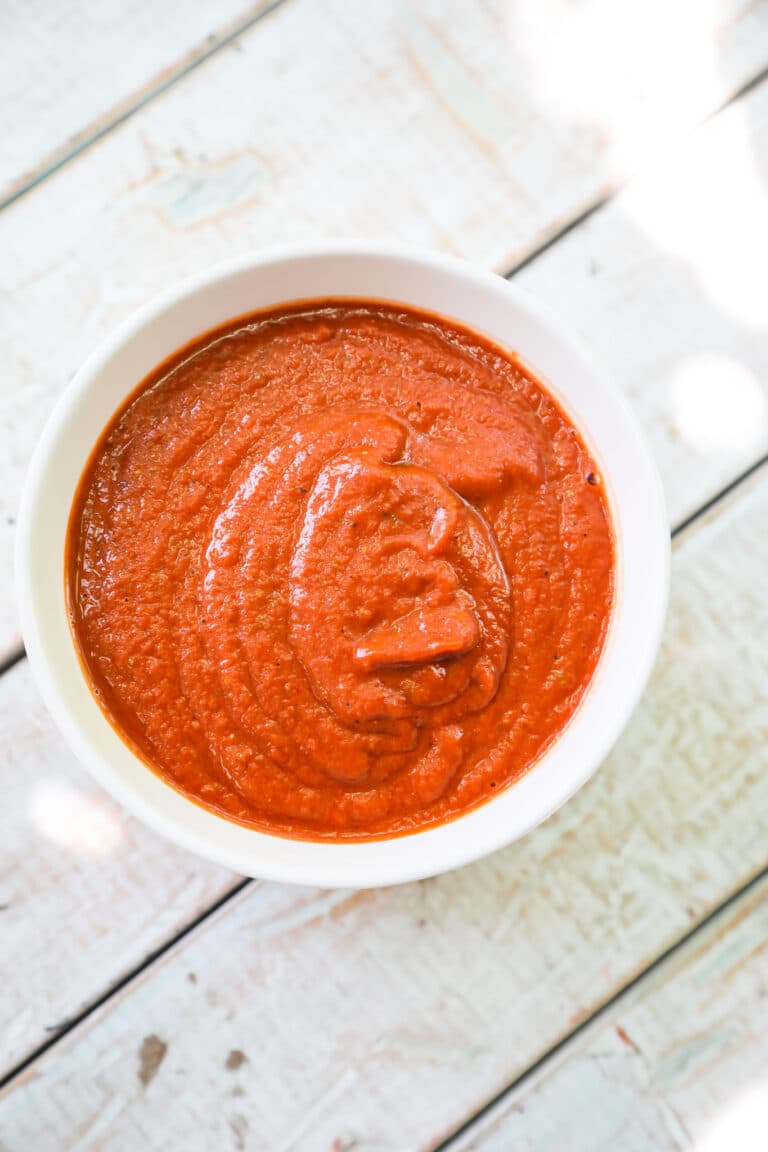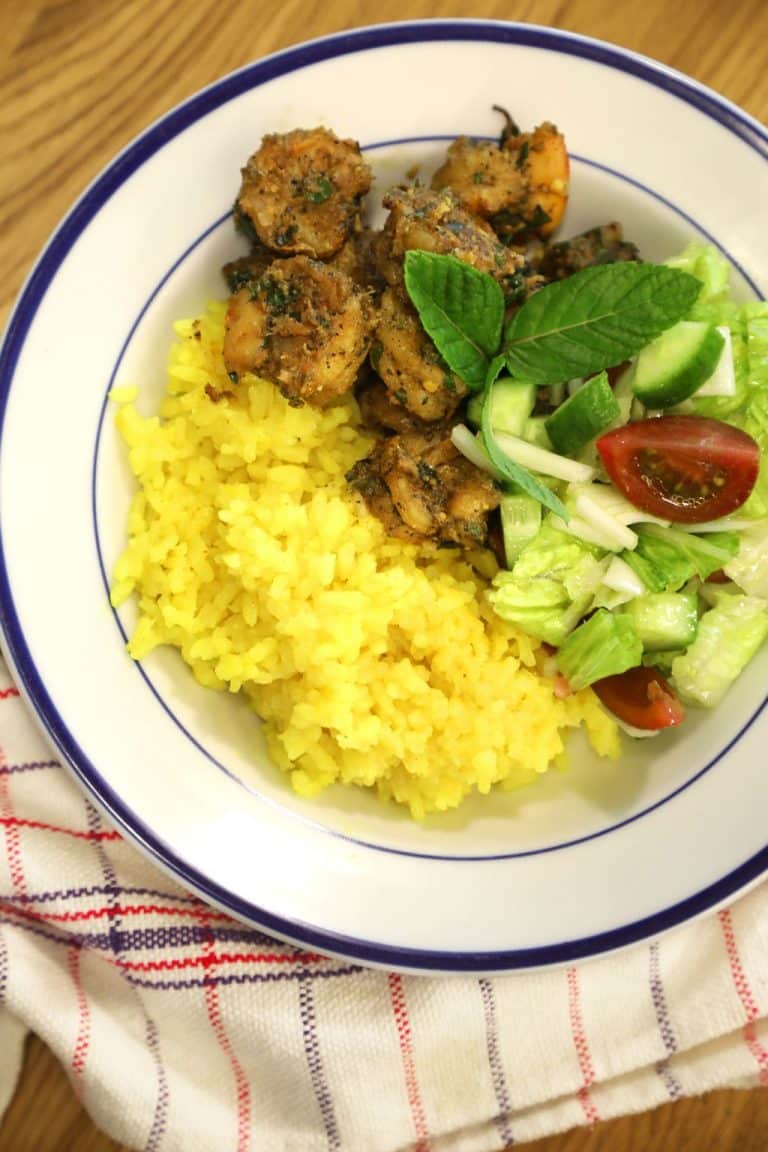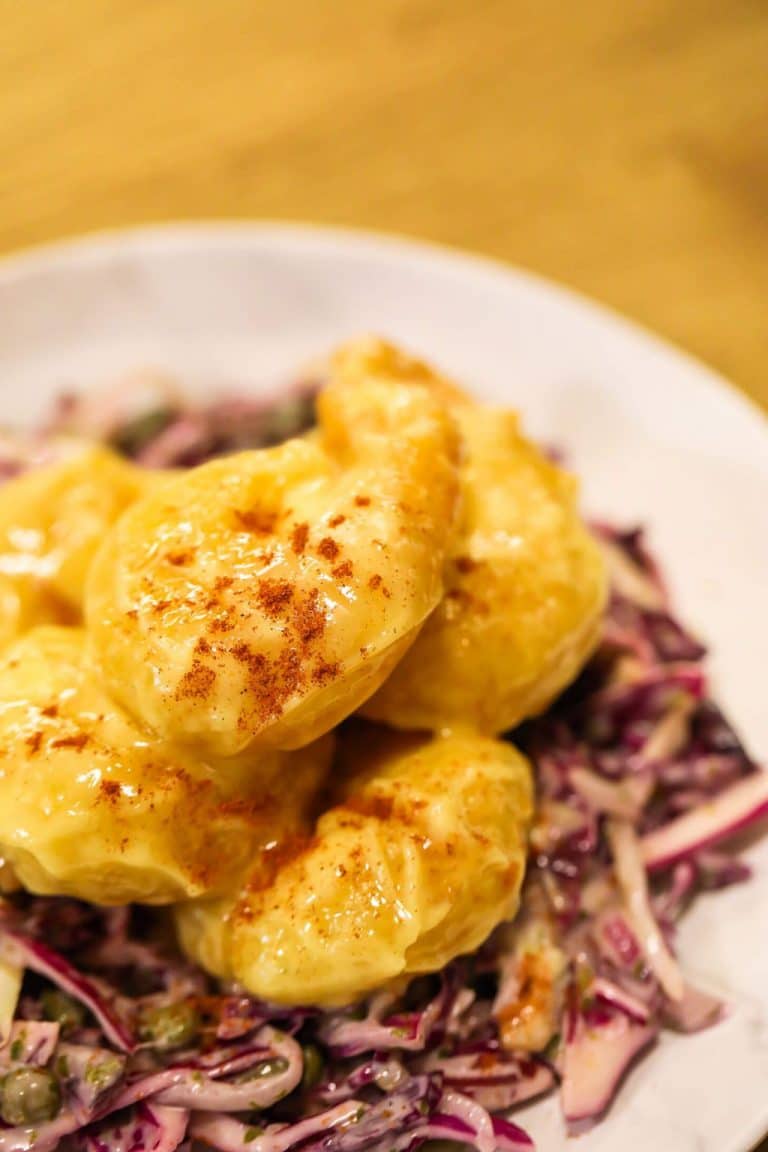Tahini Sauce (Creamy, Tasty & Traditional)
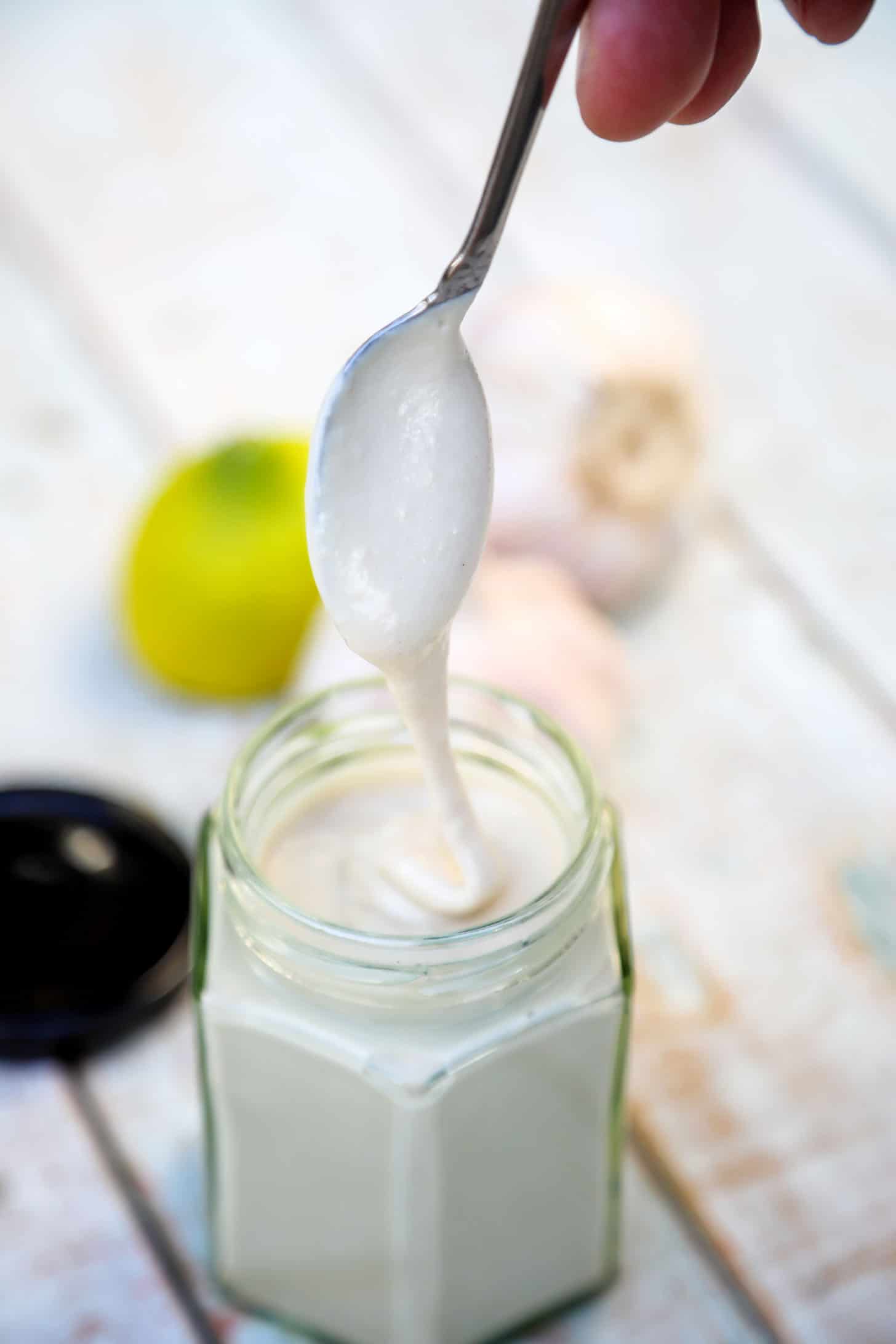
Known in the Arab world as tahinia, tahini sauce is a huge staple, added to many types of sandwiches in the region.
The basis of this sauce, tahini, has been around for many millennia first emerging in what is modern day Iraq.
Sesame seeds were originally used as a source of oil, with the residue becoming early sesame butter.
What is Tahini Sauce?
Tahini sauce also known as tahini dressing is essentially a very popular condiment in the countries of the Levant.
Combining the lovely creamy and nutty flavor of tahini with the beautiful taste of fresh lemon juice.
Included in this amazing concoction is sea salt, minced garlic or garlic paste, and a little water.
The flavor is definitely tahini lemon, one more than the other depending on desired consistency.
This tahini sauce recipe can also be used to cook fish in for a very delicious gluten free meal.
Also often used as a salad dressing this recipe is very versatile.
How to Make Tahini Sauce
This easy recipe takes just a couple minutes to make, and lasts for up to ten days in the fridge.
Pour the tahini in a food processor, or blender, and add the lemon juice, and blend or process.
This will produce a thick pasty sauce, to which we add the garlic paste and salt; some also add olive oil.
Blend again, and as the blender is going, slowly pour water into the mixture and continue to process.
Once all the ingredients are well mixed, taste and adjust if necessary, add more water, or lemon juice.
The adjustment will usually be to alter the consistency and not so much the flavor, unless you want an extra lemony taste.
What to Serve with Tahini Sauce
The first thing that comes to mind is falafel, these two were definitely made for each other.
A modified version, with a lot of parsley in it, is served as a dip as part of a mezze course.
It is a Palestinian dish known as ba’dounsiyeh and is truly lovely.
This sauce is most often served with sandwiches in the Middle East, bringing a savory zing with it.
It is great on its own as a dip with crudités.
Fish smothered in this sauce and baked, gives you something unique and delicious.
Tahini sauce is also a wonderful addition to stir fries, bringing the characteristic nutty flavor.
Try dipping your french fries in it, you won’t be sorry.
Where Does Tahini Come From?
The sesame plant is a flowering annual (and sometimes perennial) that grows to be about 60 inches high.
One of the world’s earliest cultivated plants, it was prized for the oil it produced.
Sesame seeds grow in capsules on the plant, which split and open once the seeds are mature.
Sesame seeds are not easy to harvest mechanically, and therefore are usually grown in small strips of land, and harvested by hand.
The largest growers are India, Burma, and Sudan with smaller harvests coming from other countries around the world.
Incidentally the largest importer of sesame seeds is Japan; the oil is an important ingredient in their cuisine.
Once the seeds are harvested, they are washed and then dried, which will dehydrate the seeds.
Next the seeds are roasted using machines using either gas flames or electric elements.
The sesame seeds are then sorted through to remove any foreign objects, or bad seeds.
The seeds are then ground to produce the tahini texture we are familiar with.
Because the oil, and butter tend to separate, the paste is homogenized to keep it all mixed.
Any trapped air is removed and the paste is cooled immediately.
Then it is packaged, boxed up and sent to your local supermarket.
Tahini in Sweets
Probably the most famous tahini sweet is halawa or halva, the ubiquitous street dessert in the Arab world.
But there are other ways to turn tahini into a sweet dish, like mixing it with date molasses, producing a lovely dip.
Tahini can be used to make granola or even to create a delicious ice cream sweetened with honey.
Coconut tahini fudge, cinnamon tahini cookies or tahini chocolate pudding are some others.
Then there are brownies, chocolate chip cookies, and one of my favorites, tahini doughnuts!
Sesame Seeds in Sweets
Sesame seed candy is known the world over, and is very popular in the Middle East.
Sugar or honey is pressed into whole sesame seeds creating a bar of sweet, and lucious goodness.
Italian sesame cookies are amazing, along with chocolate sesame balls, and pistachio sesame balls.
Baked, crushed or fried there are ways of incorporating sesame seeds into a lot of desserts.
Benefits of Sesame Seeds
For such a small seed, they have tremendous benefits when eaten regularly as part of a balanced diet.
Sesame seeds are well known as a great source of fiber that will keep you regular.
A very nutritious source of plant based protein, especially with the hulled sesame seed.
Possessing a good amount of calcium, zinc, manganese, and magnesium, sesame seeds can be great for bone health.
Known to lower cholesterol, triglycerides, and blood pressure, sesame seeds are a healthy addition to any diet.
Sesame seeds are also a good source of B vitamins, and are known to reduce inflammation.
Since sesame seeds are low in carbohydrates, high in protein and fat they are helpful in controlling blood sugar.
Rich in antioxidants which help fight off stress, sesame seeds can also boost your immune system.
Other benefits are support for thyroid health as well as helping readjust hormones during menopause.
So next time you are offered tahini sauce, say yes please!
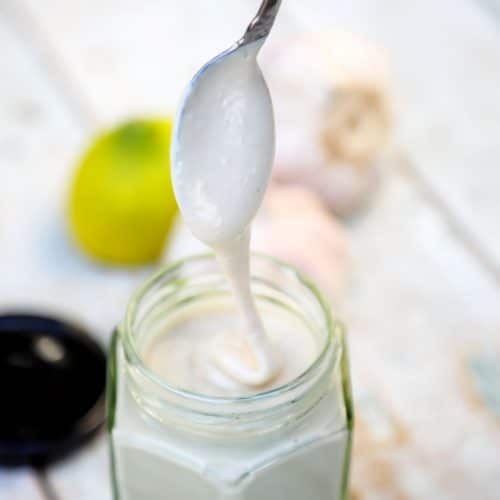
Tahini Sauce Recipe
Ingredients
- ¾ cup Tahini
- ½ cup Lemon Juice
- ½ tsp Salt
- ½ tsp Garlic Paste
- ¼ cup Water
Instructions
- Add tahini to a food processor.
- Add the lemon juice.
- Process until you have a thick paste.
- Add the salt and the garlic paste, then process.
- While the food processor is running, add the water through the funnel.
- Scrape down the sides and process until smooth.

